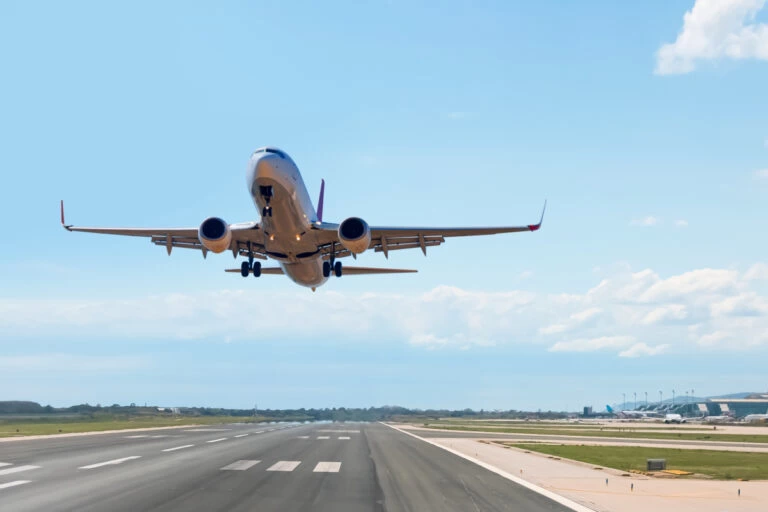Indonesia’s newly elected president, Prabowo Subianto, has rekindled plans for the North Bali International Airport, a proposal previously shelved during Joko Widodo’s tenure. During a recent visit to Bali, Prabowo declared his ambition to elevate Bali’s status on the global stage, likening it to powerhouses like Singapore and Hong Kong. His vision encapsulates bold infrastructure development with the potential to reshape the island’s tourism and economic dynamics.
Slated for construction in Buleleng Regency, the North Bali International Airport is projected to handle up to 32 million passengers annually. With an estimated cost of 17 trillion rupiah (approximately $1.07 billion), the project represents one of the most significant infrastructure undertakings in Bali’s history. Its completion could dramatically redistribute Bali’s tourism activity, which is currently concentrated in the south due to proximity to I Gusti Ngurah Rai International Airport.
Opportunities Amidst Challenges
The current tourist flow predominantly favors southern Bali, creating congestion and environmental strain in areas like Uluwatu. A new airport in the north promises to alleviate this pressure while opening up underdeveloped regions to tourism. Prabowo emphasized equitable prosperity, stating, “All Indonesian people must enjoy prosperity, not just a handful of people.” Improved access to northern Bali, known for its pristine beaches, waterfalls, and cultural landmarks, could stimulate local economies and diversify tourism hotspots.
However, the proposed airport has ignited concerns over environmental impact, community displacement, and the risk of overdevelopment. Lessons from the south’s struggles—ranging from water shortages to pollution and habitat destruction—serve as cautionary tales for stakeholders.
Balancing Growth with Sustainability
Prabowo has underlined the importance of preserving Bali’s cultural heritage and maintaining cleanliness to ensure its appeal as a premier destination. Concurrently, Bali’s government is contemplating restrictions on tourism-related foreign investments in the Sarbagita region, potentially shifting investment focus to the island’s north. While such measures aim to balance growth, they also underscore the complexities of managing development responsibly.
Looking Ahead
For investors eyeing opportunities in northern Bali, strategic foresight is essential. The airport project, while promising, is still in its infancy, with timelines and specifics yet to be finalized. Businesses in sectors like hospitality, transportation, and retail stand to benefit, but risks of unchecked growth loom large.
As discussions continue, the future of North Bali Airport will shape not just the region but the island as a whole. Harmonizing environmental conservation, cultural integrity, and economic ambitions will be critical to ensuring that Bali thrives sustainably in the years to come.


Leave a Reply